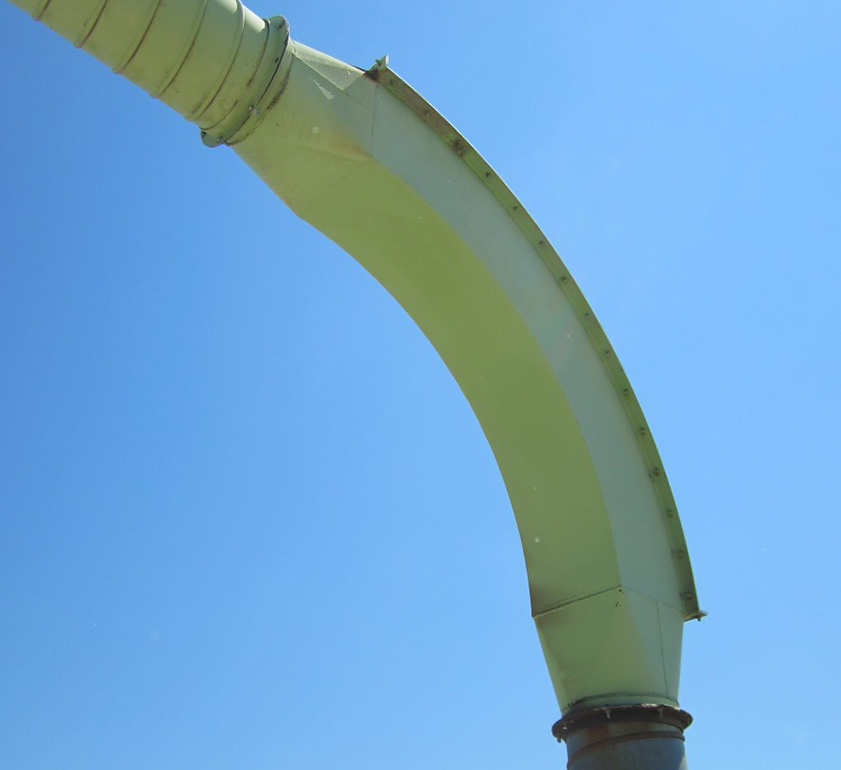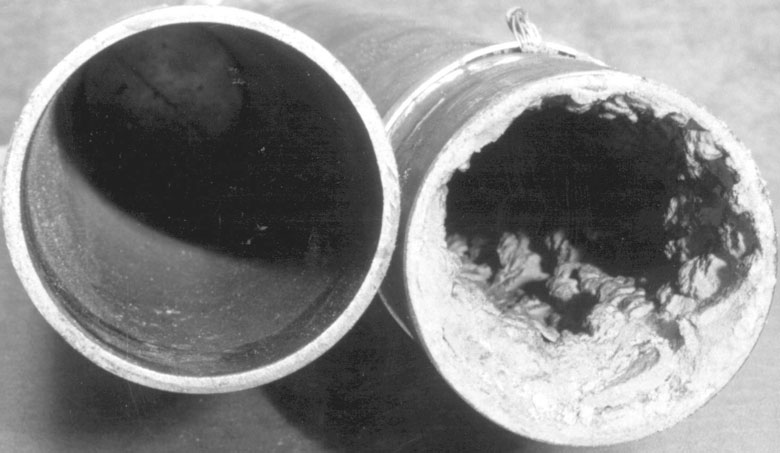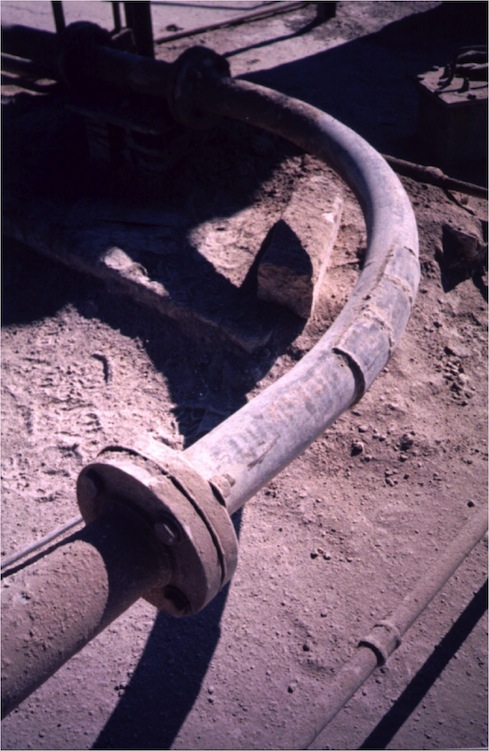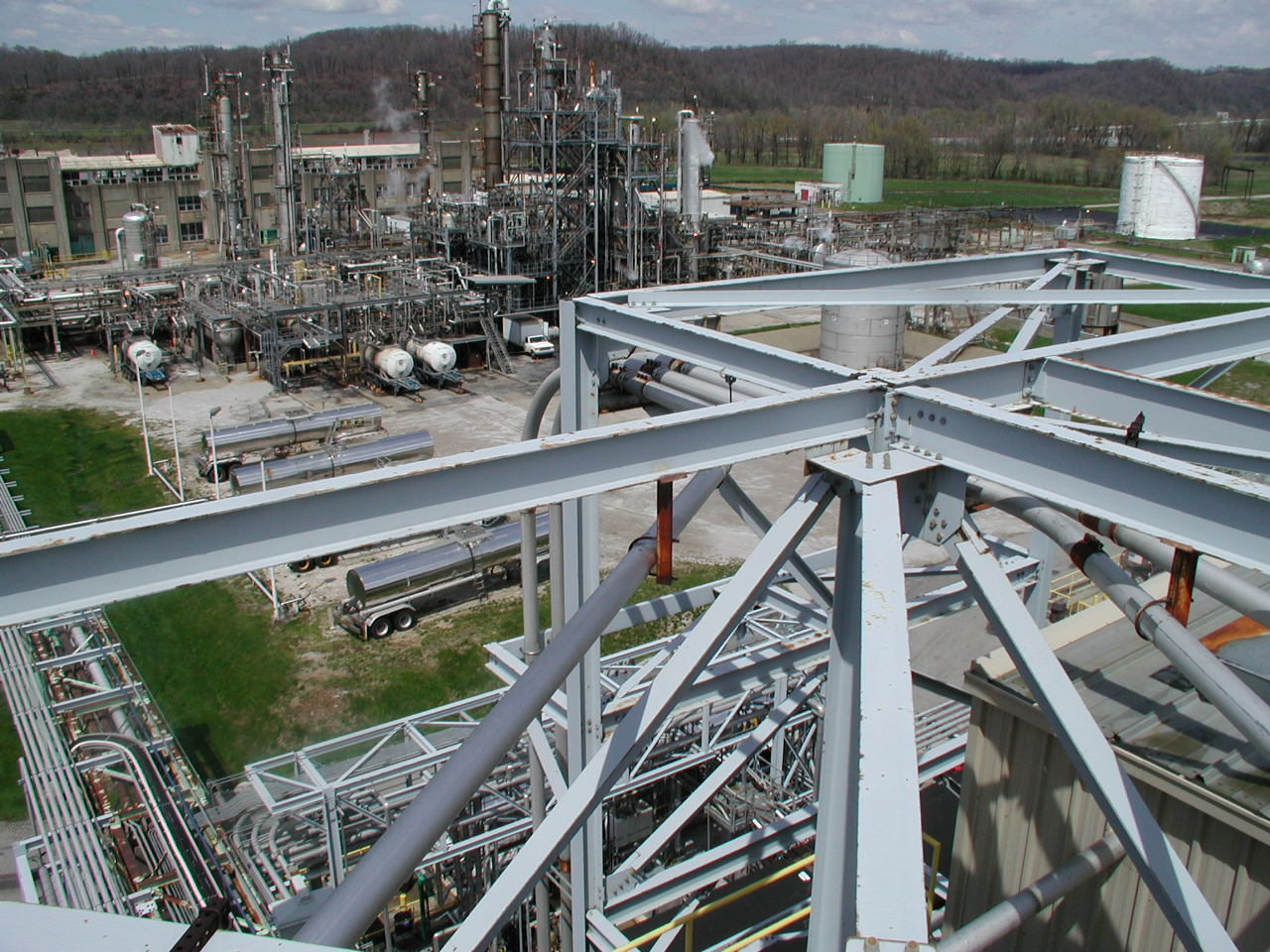 Powder Show
Powder Show
Overview
Why Pneumatic Conveying Testing?
Pneumatic conveying is the process of transporting bulk materials in a gas stream (typically air or nitrogen) through a pipeline. Though this conveyor has several benefits over using screw and belt conveyors, a pneumatic conveying system can experience:
- Throughput limitations: system cannot meet required solids handling capacity
- Buildup or plugging: pipeline deposition leading to blockage/restrictions
- Particle attrition: tendency for particles to degrade and generate fines
- Pipeline wear: abrasive wear of elbows/sweeps from hard bulk materials

Pneumatic Conveying test setup.

Pneumatic Conveying elbow.

Pipeline buildup

Wear sweep






